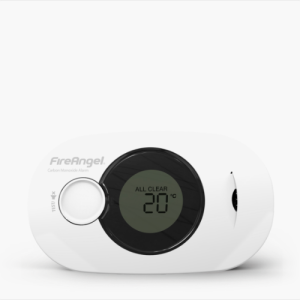 FA3322
Read more
FA3322
Read moreDigital Carbon Monoxide Alarm
10 Year Lifetime Battery
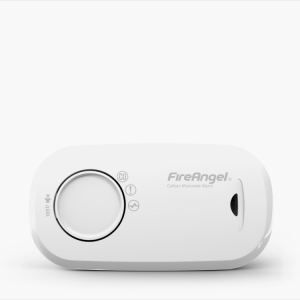 FA3313
Read more
FA3313
Read moreCarbon Monoxide Alarm
1 Year Replaceable Batteries
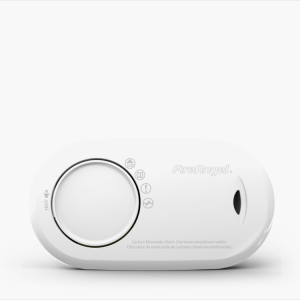 FA3820
Read more
FA3820
Read moreCarbon Monoxide Alarm
10 Year Lifetime Battery
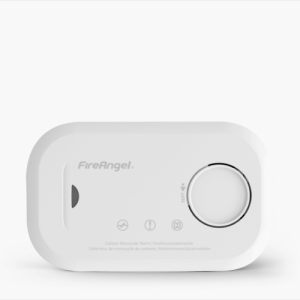 FA6813
Read more
FA6813
Read moreCarbon Monoxide Alarm
1 Year Replaceable Batteries
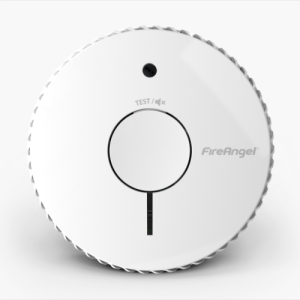 FA6615-R
Read more
FA6615-R
Read moreOptical Smoke Alarm
5 Year Replaceable Battery
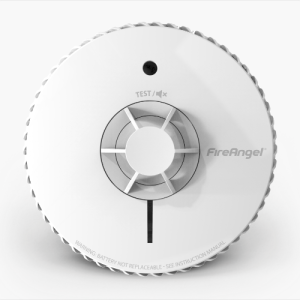 FA6720-R
Read more
FA6720-R
Read moreKitchen Heat Alarm
10 Year Lifetime Battery
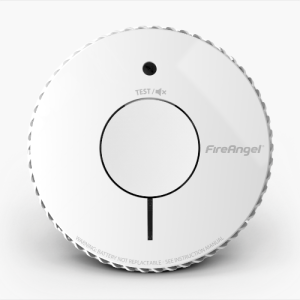 FA6620-R
Read more
FA6620-R
Read moreOptical Smoke Alarm
10 Year Lifetime Battery
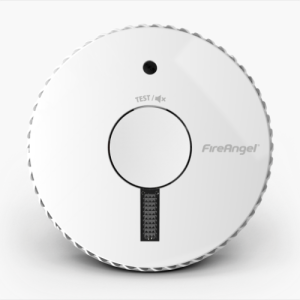 FA6611-R
Read more
FA6611-R
Read moreSmoke Alarm with Escape Light
3 Year Replaceable Batteries
 Smart App
Read more
Smart App
Read morePro Connected App
Remote Protection
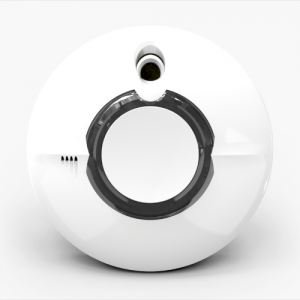 FP2620W2-R
Read more
FP2620W2-R
Read morePro Connected Smart Smoke Alarm
10 Year Lifetime Battery
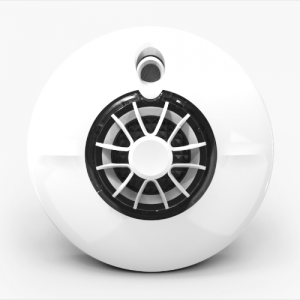 FP1720W2-R
Read more
FP1720W2-R
Read morePro Connected Kitchen Heat Alarm
10 Year Lifetime Battery
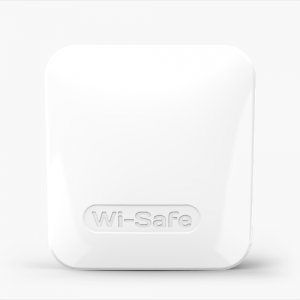 FP1000W2-R
Read more
FP1000W2-R
Read morePro Connected Smart Gateway
Ethernet, UK Plug
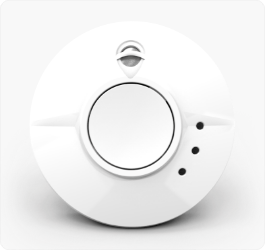 FP1640W2-R
Read more
FP1640W2-R
Read morePro Connected Smart Smoke Alarm
Mains Powered
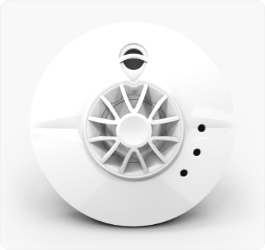 FP1740W2-R
Read more
FP1740W2-R
Read morePro Connected Kitchen Heat Alarm
Mains Powered
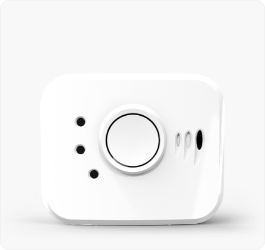 FP1820W2-R
Read more
FP1820W2-R
Read morePro Connected Smart Carbon Monoxide Alarm
Battery Powered
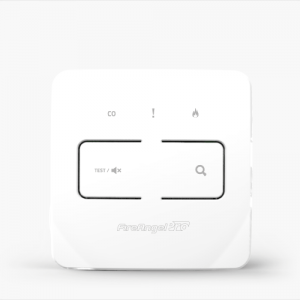 FP1014W2-R
Read more
FP1014W2-R
Read morePro Connected Smart Accessible Control Unit
3 Year Replaceable Batteries
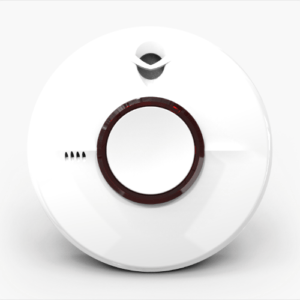 ST-750
Read more
ST-750
Read more10 Year Multi-Sensor Smoke Alarm
10 Year Sealed Lithium Battery
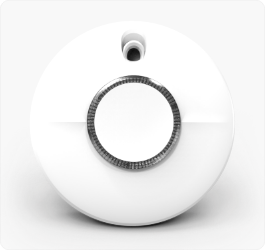 SCB10-R
Read more
SCB10-R
Read moreCombination Smoke and Carbon Monoxide Alarm
10 Year Lifetime Battery
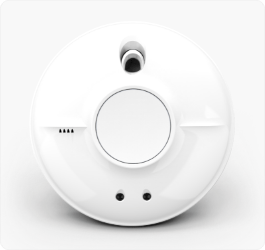 SW10-EUT
Read more
SW10-EUT
Read moreOptical Smoke Alarm
Mains Powered
 SW1-R
Read more
SW1-R
Read moreOptical Smoke Alarm
Mains Powered
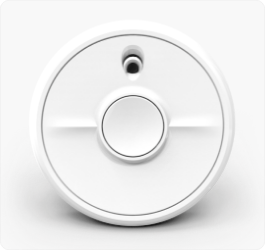 SB1-R
Read more
SB1-R
Read moreOptical Smoke Alarm
1 Year Replaceable Battery
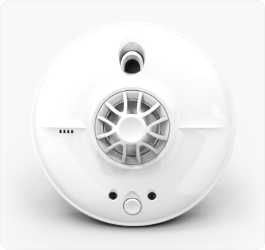 HW10-EUT
Read more
HW10-EUT
Read moreKitchen Heat Alarm
Mains Powered
 HW1-R
Read more
HW1-R
Read moreKitchen Heat Alarm
Mains Powered
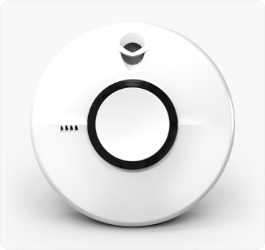 ST-620
Read more
ST-620
Read moreThermoptek Smoke Alarm
10 Year Lifetime Battery
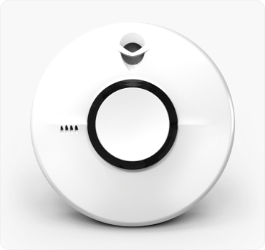 ST-622
Read more
ST-622
Read moreThermoptek Smoke Alarm
10 Year Lifetime Battery
 ST-623E
Read more
ST-623E
Read moreSmoke Alarm with Escape Light
5 Year Replaceable Batteries
 HT-630
Read more
HT-630
Read moreThermistek Kitchen Heat Alarm
10 Year Lifetime Battery
 ST-625
Read more
ST-625
Read moreThermoptek Smoke Alarm
5 Year Replaceable Batteries